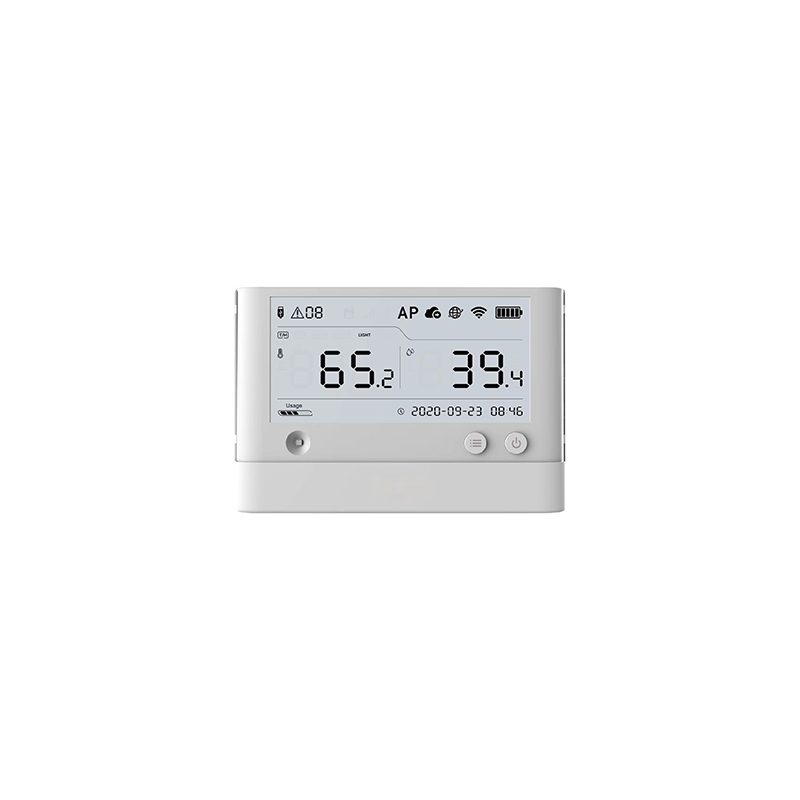
Best ESP32 OLED Displays: A Comprehensive GuideThis guide helps you choose the perfect ESP32 OLED display for your project, comparing popular options based on size, resolution, and features. We'll cover essential considerations and provide recommendations to simplify your decision-making process.
Finding the right ESP32 OLED display can be overwhelming with the sheer number of options available. This comprehensive guide cuts through the noise, providing a clear understanding of the key features, specifications, and considerations to make an informed choice. We’ll delve into various display sizes, resolutions, and functionalities, helping you select the ideal display for your specific application, whether it’s a simple data logger or a complex embedded system.
The ESP32 is a low-cost, low-power system-on-a-chip (SoC) microcontroller with built-in Wi-Fi and Bluetooth capabilities. Its versatility and affordability make it a popular choice for a wide range of Internet of Things (IoT) projects and embedded systems. Its ease of programming using the Arduino IDE further enhances its appeal.
An OLED (Organic Light-Emitting Diode) display is a type of display technology known for its high contrast ratio, vibrant colors, and wide viewing angles. Unlike LCDs which require a backlight, each pixel in an OLED display emits its own light, resulting in deeper blacks and superior image quality. OLED displays are often preferred in applications where power consumption is a concern, as they only consume power for the pixels that are lit.
The combination of the ESP32's processing power and connectivity with the OLED's visual appeal creates a powerful platform for countless applications. This pairing allows for the creation of smart devices that can display information wirelessly, interact with users, and respond to changes in their environment. From simple dashboards to complex user interfaces, the possibilities are practically limitless.
The size and resolution of the ESP32 OLED display are crucial considerations. Smaller displays (e.g., 0.96-inch) are suitable for compact applications, while larger displays (e.g., 2.4-inch or even larger) offer more screen real estate for detailed information. Higher resolutions provide sharper images and text, but also consume more power.
OLED displays are available in both monochrome (typically white, yellow, or blue) and color variants. Monochrome displays are generally cheaper and consume less power, making them ideal for basic applications. Color displays, while more expensive and power-hungry, provide a richer visual experience and are better suited for applications requiring detailed graphics or images.
Most ESP32 OLED displays use an I2C or SPI interface for communication with the ESP32. I2C is simpler to implement, using fewer pins, while SPI offers higher data transfer speeds, potentially beneficial for high-frame-rate applications. Choose the interface type that best fits your project requirements and ESP32's capabilities.
Several reputable manufacturers offer high-quality ESP32 OLED displays. Researching specific models from different brands is highly recommended. Always check online reviews and technical specifications before making a purchase. Consider checking the datasheets available on the manufacturer's websites for detailed information on power consumption, operating voltage, and other technical specifications.
Successfully integrating an ESP32 OLED display requires careful consideration of several factors. Ensure compatibility between the display's interface and the ESP32's capabilities. Properly wiring the display is crucial to avoid damage. Using the appropriate libraries and code examples can significantly simplify the integration process. Consider factors like power consumption, especially if you're using battery power.
Selecting the best ESP32 OLED display involves careful evaluation of your project's specific needs. By considering factors such as display size, resolution, color requirements, and interface type, you can choose a display that perfectly complements your ESP32-based project. Remember to thoroughly research available options and consult online resources for tutorials and support.
For high-quality LCD and OLED displays, consider exploring the options available at Dalian Eastern Display Co., Ltd. They offer a wide range of display solutions for various applications.












